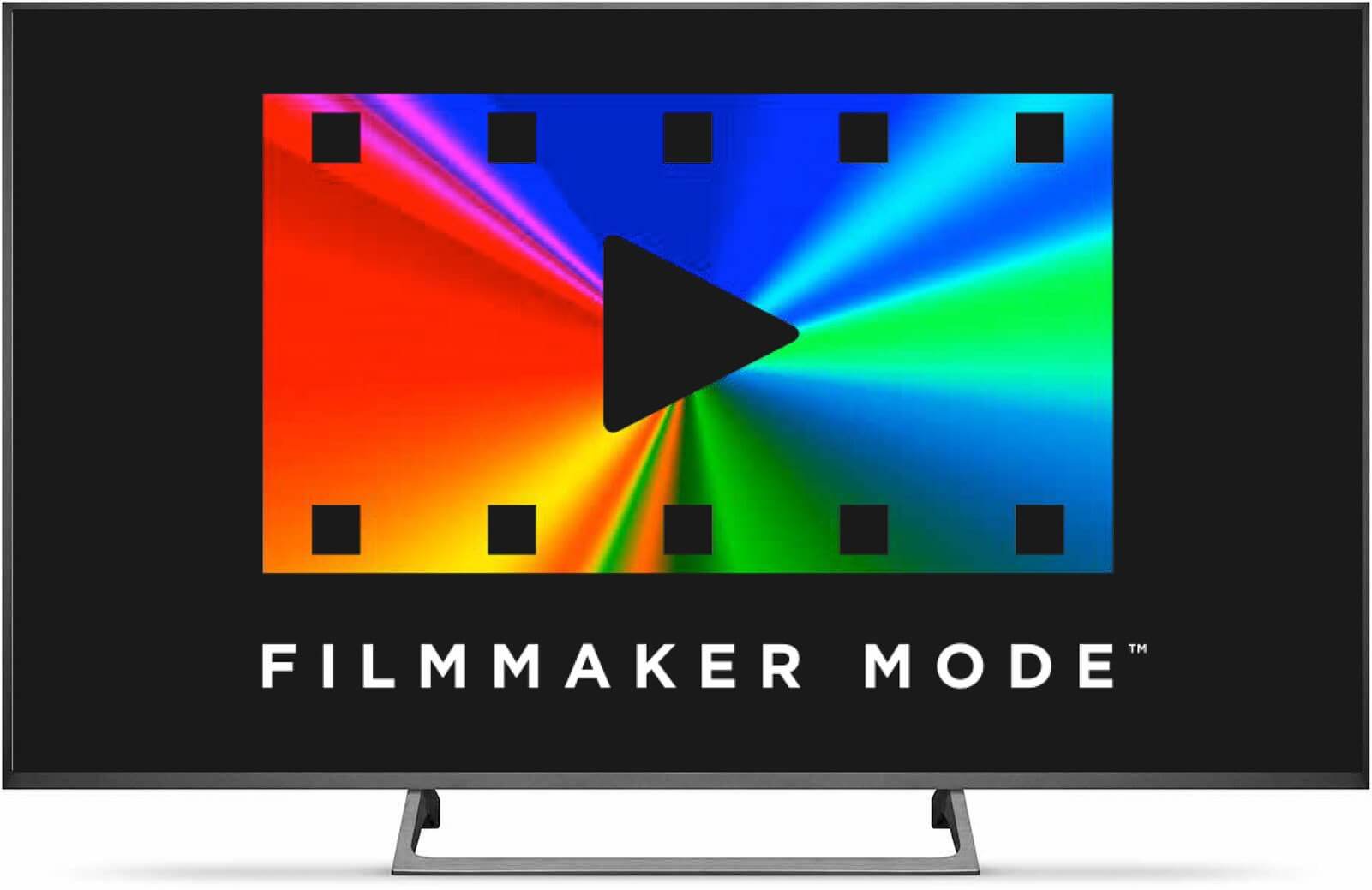Something to look forward to: With 4K televisions offering a slew of picture settings and video processing capabilities, watching movie and TV content the way it was intended isn’t always an easy task. That’s where the UHD Alliance comes in. The industry group has announced a Filmmaker Mode, which ensures viewers get a more cinematic experience on their UHD TVs.

The mode will automatically disable any motion smoothing features a TV may have, which is often enabled as a default setting. The much-maligned feature involves the creation of artificial frames that are inserted between real frames to make action scenes look more fluid and counter motion blur. While the effect can look okay on content such as sports, it can ruin 24fps content such as movies, leading to what’s called the soap opera effect. It’s prompted the likes of Tom Cruise and Mission: Impossible - Fallout director Christopher McQuarrie to speak out against motion smoothing.
Additionally, Filmmaker Mode will ensure a TV is showing the correct colors and aspect ratio. “The thing that sets Filmmaker Mode apart is it will be a pure, clean expression of what the movie was meant to look like when it was made,” said Rian Johnson, director of Star Wars: The Last Jedi
Rather than having to search through a TV’s multiple menus, Filmmaker Mode will be activated either automatically though metadata embedded in content on a disc or stream, or via a single button that enables the feature.
Manufacturers LG, Vizio, and Panasonic have all announced their support for Filmmaker Mode. Vizio says it will arrive in its 2020 televisions, while the others are yet to reveal their plans. It’s possible that we’ll learn more at IFA 2019, which starts next week.
https://www.techspot.com/news/81646-lg-panasonic-vizio-introducing-filmmaker-mode-shows-movies.html